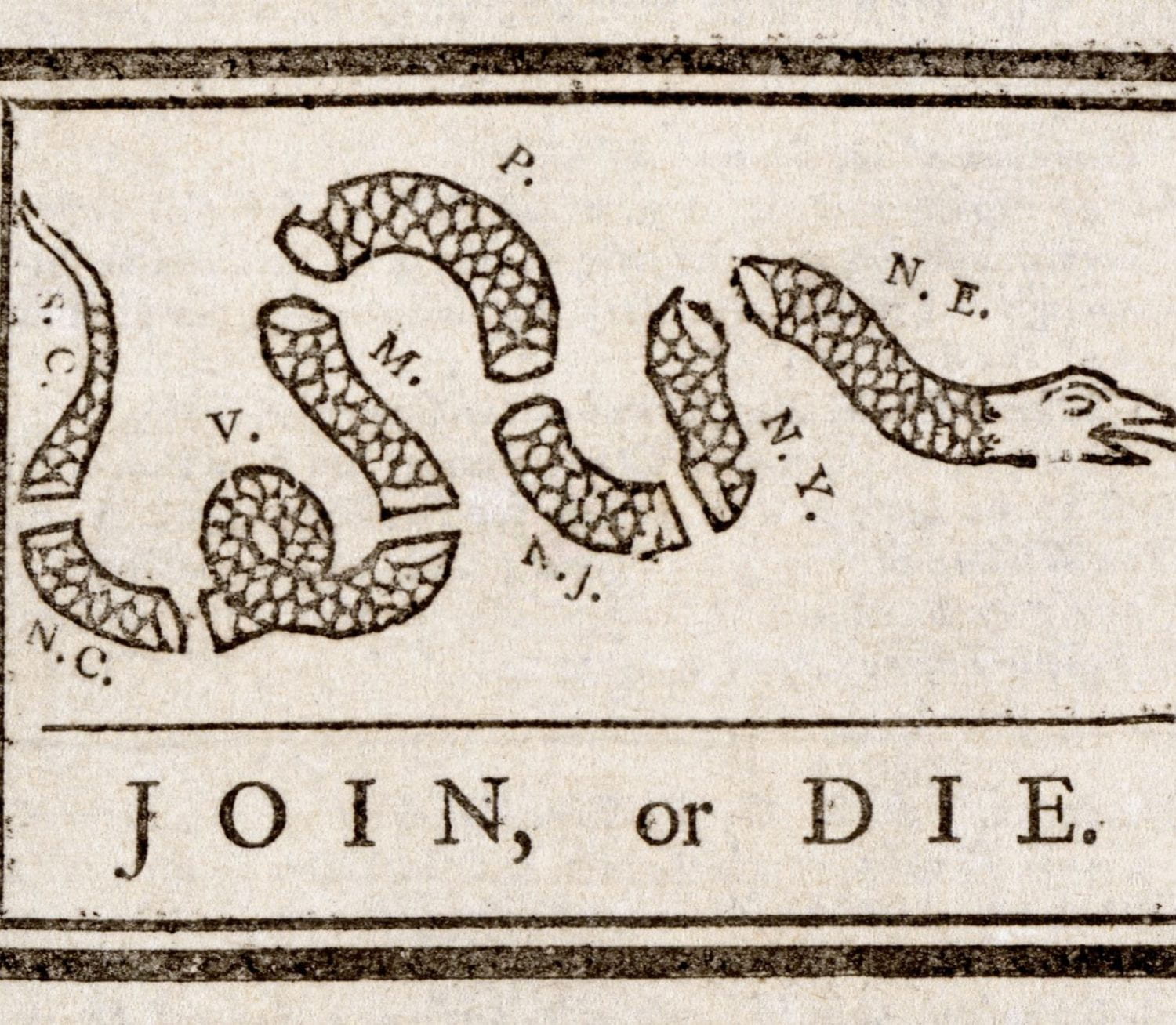by Caroline Lamm
ArtStor is a digital archive displaying artifacts of all kinds dating back centuries. There is so much in this database it’s almost overwhelming upon first glance. ArtStor contains common creative works such as paintings, drawings, and sculptures, but does not fail to include things like jewelry, costuming, photographs, interior design, and performing arts artifacts as well. With that being said, ArtStor is nothing short of providing a nearly endless supply of artifacts to explore.
In my own personal journey traveling through the site across time periods and artifact types, I ended up having the most luck narrowing my search to a time period and culture. Looking specifically at artifacts created before 1820 in North America, I was able to take on a more tolerable selection of works. I found myself most intrigued when exploring the fashion, costume, and jewelry section under the above search constraints. I think what drew me to look into this selection of artifacts was that I would not have thought to consider these things art per say. With that being said, the creativity and handcrafted nature of them would consider them artistic creations.

The artifact that caught my eye in particular was a Regimental coat, a coat of the Continental Army in particular. The creator of the coat is unknown, however, it is from between 1775-1783 and is of American culture. The materials listed for the composition of this coat are wool, metallic, and metal. What initially caught my eye about this piece was the color. In comparison to the bland, neutral colors of other clothing of the time, this bright red coat was eye-catching. Upon further inspection, I noticed the details on the coat including the stitching of the buttons sewn on the bottoms of the sleeves.
According to ArtStor, this is the uniform worn by officers during the American Revolution and it is completely hand-made. This really struck me in thinking about the number of coats like this produced at this time and how much work went into the hand-production of them. The digital archive also states that this coat in particular was owned by Colonel William Taylor, and the usage of the coat can be seen by the significant visual amount of wear. Another fact that stood out to me was that the color, style, and number of buttons were used to differentiate and distinguish one’s military unit or regiment. This coat was identified as being a part of the Connecticut Regiment of 1776.
Regardless of this work in particular, something else I discovered during my exploration of the digital archive was the pattern in creators. I realized that it is much more common for works such as paintings, drawings, written works, and sculptures to know the name of the creator as opposed to jewelry and clothing. This is not something I would have thought about otherwise, but it makes sense considering these aren’t necessarily things that would contain a signature or be easily remembered by the creator. With that being said, I enjoyed my look around the archive and would recommend a “trip” to anyone interested!


